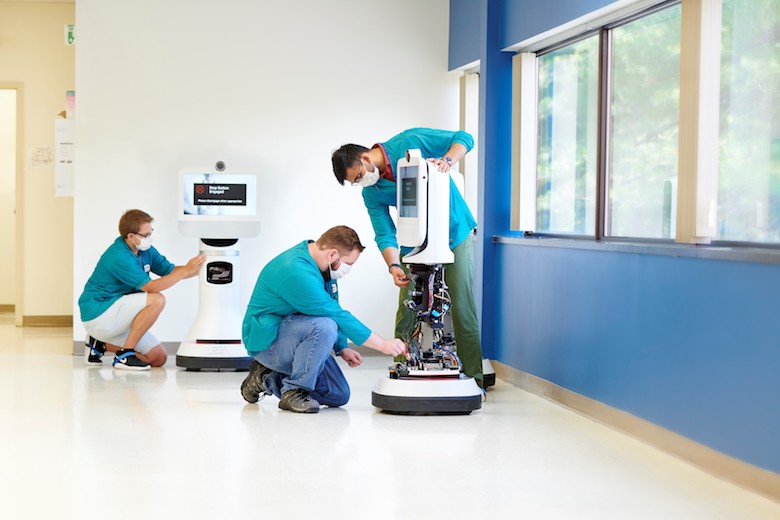While generative AI has made headlines for creating text, images, and even video games, a new artificial intelligence system developed by Google is taking aim at a different domain - weather forecasting. Called SEEDS (Scalable Ensemble Envelope Diffusion Sampler), this novel AI model promises to predict weather patterns and anticipated climate disasters with unprecedented accuracy.
According to experts, SEEDS could revolutionize how meteorologists forecast severe storms, hurricanes, heat waves, and other extreme weather events exacerbated by climate change. However, the technology also raises questions about whether advanced AI capabilities like this could eventually "rob" human forecasting jobs once reserved for degreed meteorologists.
Overcoming Limitations of Traditional Forecasting
Current weather prediction methods used by professionals have notable limitations, especially when it comes to anticipating rare but high-impact events. Meteorologists typically generate "ensembles" - multiple forecast scenarios based on measured initial conditions. But creating large ensembles for low-probability extreme events requires massive computational power.
"To correctly predict an event with just a 1% probability, you may need up to 10,000 forecasts in an ensemble," explained Google researchers. "Meteorologists usually only make 10 to 50."
SEEDS aims to overcome this issue by using generative AI to quickly create a wide range of forecast possibilities from just two existing predictions. This allows for rapidly expanding the ensemble without the heavy data and calculation demands of traditional numerical weather prediction.
In testing, Google's new system generated 256 forecasts of comparable quality to the American model in just three minutes - a feat the company claims would be impractical for even the largest supercomputers. This performance could potentially be improved even further.
Disaster Forecasting for Climate Resilience
While SEEDS is initially focused on making weather forecasting itself more efficient, the technology has major implications for predicting climate-driven disasters more accurately and cost-effectively.
With natural disasters increasing in frequency and severity due to global warming, there is a growing need for advanced warning systems that allow communities to adequately prepare and respond. Heatwaves, flash floods, wildfires, and other catastrophes often occur with little notice - but even limited predictive lead time can save lives.
By rapidly generating thousands of high-fidelity ensemble forecasts, SEEDS could detect signalsfor low-probability extreme events that may be missed by smaller ensembles. This type of rare event forecasting could be a game-changer for climate resilience and disaster response.
Robotic Forecasters? Not So Fast
While SEEDS represents a powerful new AI capability in the field of meteorology and climate science, it does not appear poised to completely automate or "rob" human forecasters of their jobs anytime soon.
Interpreting raw forecast data and communicating perspectives to the public in an accessible way remains a vital role for human experts. Generative AI like SEEDS is ultimately intended as a tool for augmenting meteorologists, not fully replacing their scientific knowledge and communication abilities.
However, as AI language models continue advancing to more conversational capabilities, meteorology could eventually join fields like journalism and customer service as having some tasks and responsibilities offloaded to robotic assistants in the future.
For now, SEEDS provides a compelling AI-powered solution for tackling one of the most complex and consequential challenges posed by climate change - the need for accurately predicting the weather's wildest swings. Meteorologists and climate scientists can expect this "robot forecaster" to be more friend than foe, at least in the short term.


















